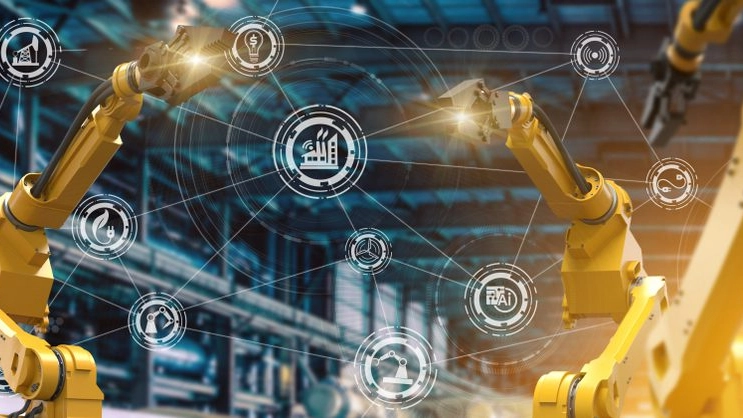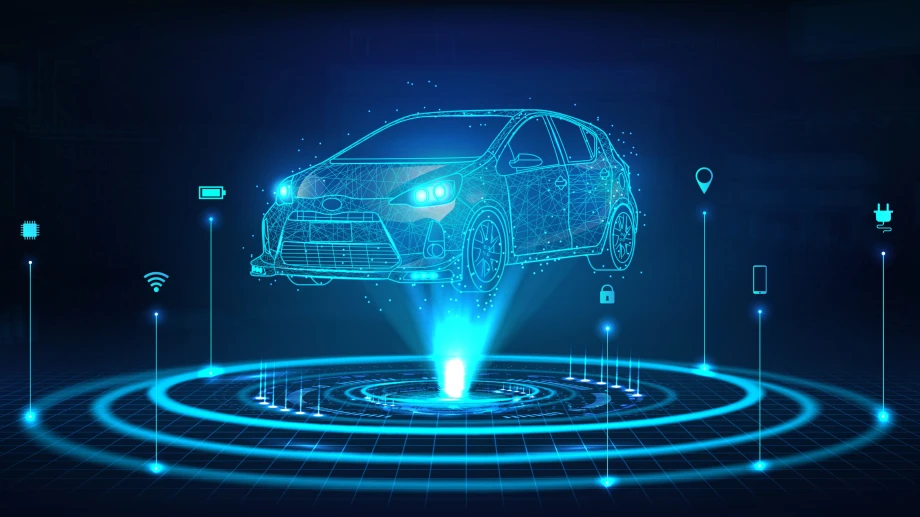Article
3 min read
Smart Factory - or Industry 4.0 in practice
The vision called Industry 4.0, a framework for future production processes that already exists today, has captured the imagination of almost any business decision-maker open to innovation: heretofore unprecedented efficiency in production, where devices that communicate with each other autonomously organise and coordinate their own operations, and where human intervention is only necessary where it really creates value. In a nutshell, this would be the concept of tomorrow's smart factories. But how would it work in practice?

What makes a factory smart?
To understand the Smart Factory phenomenon, we have to go back to basics: Beyond the wireless connection between devices, the Internet of Things (IoT) is created by so-called cyber-physical systems (the interconnection of IT, software technology, mechanical and electronic elements in a single unit, where the elements communicate in real-time through a "data infrastructure" such as the Internet), which allows a smart factory to operate without any human intervention.
And it is not only the equipment making the products that can communicate with each other but also the products themselves. The latter contain production information in a form that can be read by the production equipment (e.g. via RFID chips), which is useful and necessary because it is used to control the production phases.
The first step of "smartening up"
The good news is that the set of conditions and the technology to make the Smart Factory a reality are already in place - but there is something else that is needed: Data, regarded as the most important raw material for Industry 4.0.
These data can be extracted from a variety of sources for a company that wants to implement a Smart Factory: From some ERP system, various production management systems, or computer-controlled machines and production equipment. Of course, there is also a solution if, for some reason, these data are not available: The cost of sensors is now so low that their generation (by fitting equipment with the appropriate probes, data acquisition sensors) is not an obstacle to the realisation of the Smart Factory vision.
Another prerequisite of implementation is that the data from different systems and formats are put on a common platform. This process can be greatly facilitated if the company in question clearly articulates its expectations and vision of which processes and areas of its operations it wants to improve through data analytics, but even so, considerable preparation and expertise are required from the supporting expert team.
Fortunately, we have this knowledge, so if our article has seriously sparked your interest and ambitions, please contact us and we will help!
















